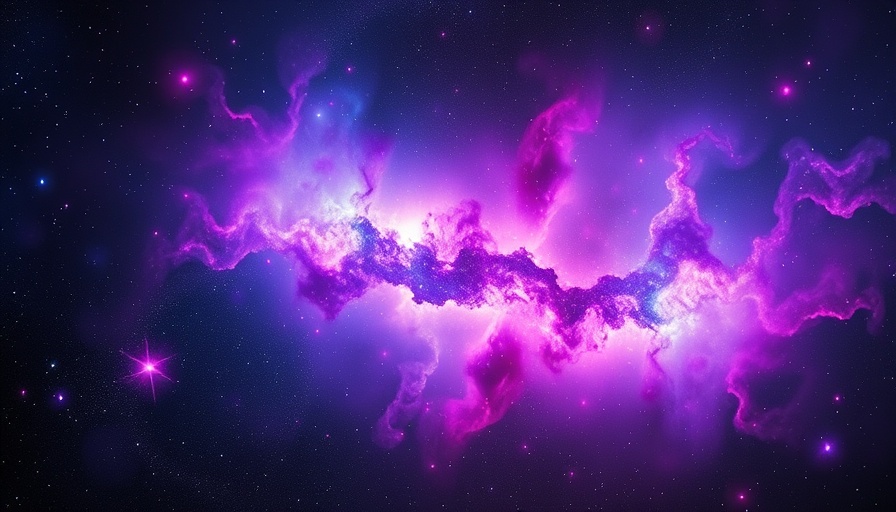
Exploring Cosmic Symphonies: How NASA Translates Black Holes into Sound
NASA has unveiled an innovative project that transforms data collected from its telescopes into sound, offering a novel way to experience the mysteries of black holes. This initiative not only highlights the immense beauty and complexity of the cosmos but also engages audiences through an auditory journey that depicts phenomena most often visualized in images.
The latest sonifications feature three distinct pieces, each representing unique aspects of black holes. Utilizing data from advanced telescopes such as the Chandra X-ray Observatory and the James Webb Space Telescope, NASA’s sonification project translates the scientific observations into sound, using different instruments to reflect various celestial sources. The focus on sound elevates our understanding of these enigmatic entities beyond the visual paradigm, inviting listeners to 'hear' the universe.
Decoding the Prelude to a Black Hole
Among the highlights of this auditory collection is the piece inspired by WR124, a massive Wolf-Rayet star that is in the throes of its life cycle. Located about 28,000 light-years away, WR124 serves as a precursor to potential black hole formation. In this sonification, the flutes symbolize the nebula while the distant stars are portrayed as bells, creating a rich tapestry of sound that encapsulates the star's vibrancy. As the performance unfolds, the core's impending supernova is represented by harp-like sounds, eventually leading to a crescendo that embodies the chaos and beauty of a star's death.
The Science Behind the Sounds
NASA's approach compiles data from multiple wavelengths, ranging from infrared to X-ray. Each sound represents specific data layers, with the metallic bell-like tones generated by the James Webb Space Telescope aligning with the star's energy signature. The collaboration of various telescopes allows for a multisensory experience that emphasizes the dynamic nature of black holes, inviting us to listen to the echoes of the universe in new and unexpected ways.
Why Sound Matters in Astronomy
Sonification projects like NASA's not only enhance public engagement with astrophysical concepts but also underscore the multidimensionality of cosmic phenomena. By translating these observations into sound, NASA enables broader audience accessibility, providing both educational and emotional resonance. As listeners, we are reminded that the universe is not just a collection of sights but also a symphony of sounds—a perspective that deepens our appreciation of these celestial mysteries.
Future of Auditory Astronomy
The implications of this work extend beyond mere novelty; sonification could revolutionize how we approach astronomical data analysis overall. As scientists continue to track cosmic phenomena, aural representations can aid in pattern recognition and understanding of complex data sets. The potential for integrating soundscapes into educational frameworks grows as we seek innovative methods to captivate future generations of astronomers and space enthusiasts.
As we venture further into an age of exploration—through both visual and auditory means—NASA's cosmic soundtracks serve as a poignant reminder of humanity's quest to connect with the vastness of the universe.
Discover these remarkable cosmic sounds and understand more about the universe’s mysteries! Discover more about NASA’s work and upcoming projects, and explore how sound transforms our understanding of science.
 Add Row
Add Row  Add
Add 




Write A Comment